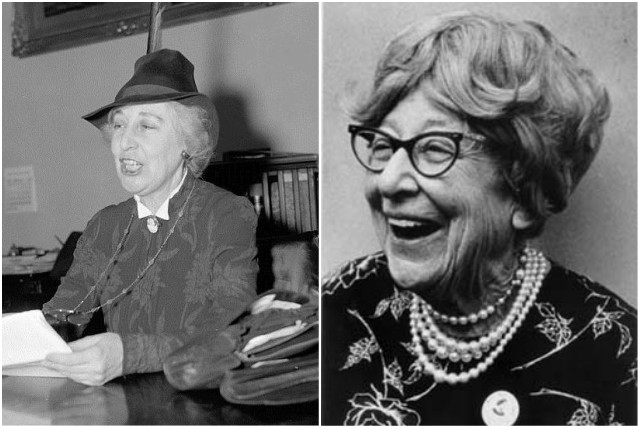“We’re half the people; we should be half the Congress.” –Jeannette Rankin
It was November 7, 1916, when Jeannette Rankin was elected to the House of Representatives and became the first woman ever elected to U.S. national office. “I may be the first woman member of Congress,” she said upon her election in 1916, “But I won’t be the last.”
A year later, she and 49 of her colleagues voted against the United States entering World War I and in 1941, after the Japanese attack on Pearl Harbor, she was the only representative to vote against the U.S. entering World War II.
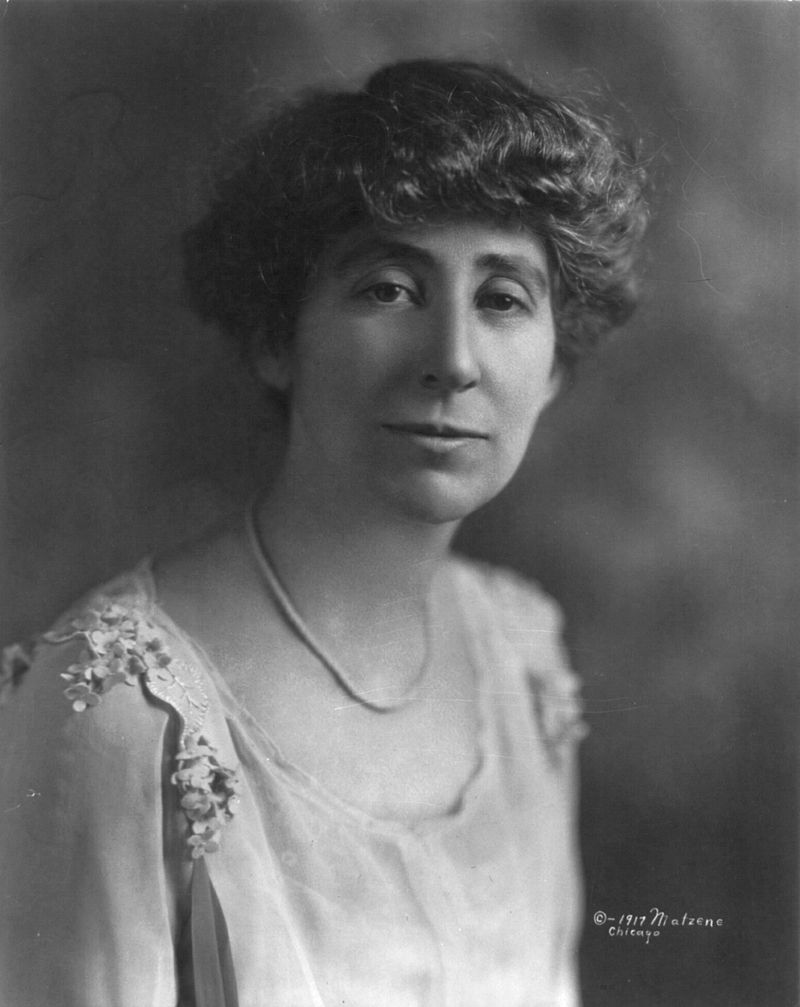
Known as one of the greatest supporters of women’s rights, Jeannette Rankin worked very hard in order to improve the quality of life for women across the United States. She opened the congressional debate on the Susan B. Anthony Amendment that would later become the 19th Amendment, which secured women the right to vote in the United States. As Rankin said, she was “… the only woman who ever voted to give women the right to vote.”
Born on June 11, 1880, on a ranch near Missoula, Montana, Jeannette was the oldest of seven children that Olive Pickering Rankin and John Rankin had. Her father was a rancher and her mother was a schoolteacher. Jeannette graduated from Montana State University in 1902 with a bachelor’s degree in biology and started working as a teacher.
She enrolled in the New York School of Philanthropy in 1908 and decided to pursue social work. In the next period, she worked in a children’s home, and then later became involved in the struggle for women’s suffrage. In the next years, Rankin campaigned throughout California and Washington, on behalf of women’s suffrage for an amendment to the state constitution that gave women the right to vote.
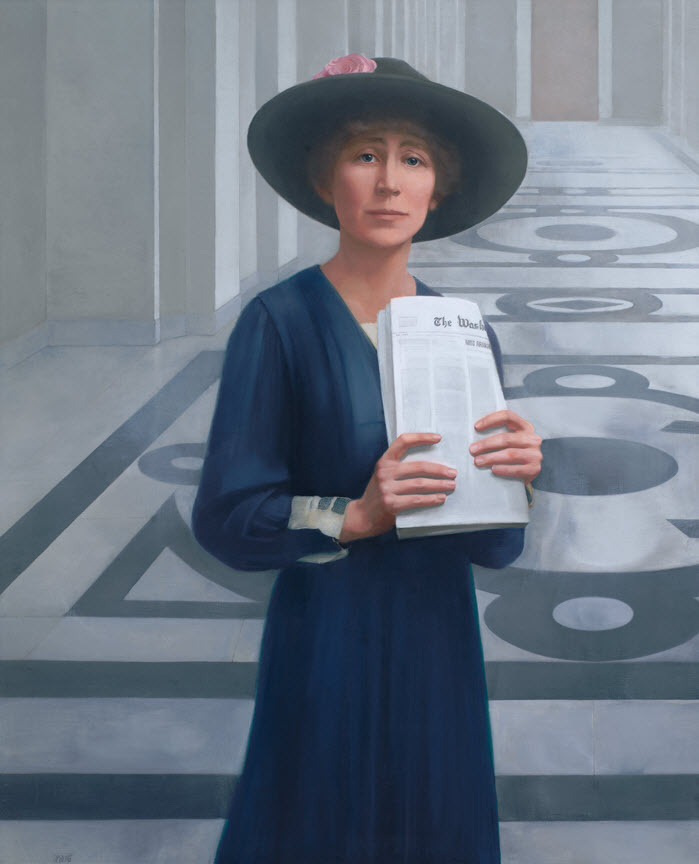
After the successful campaigns in California and Washington, she decided to go back to Montana where she would work for women’s suffrage. She worked hard trying to spread the message that women should be equal with men and that they also deserve the right to vote. Her tireless efforts paid off, and in 1914, Montana finally gave women the right to vote.
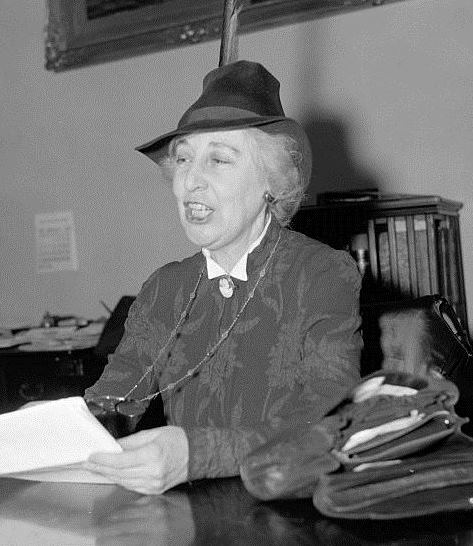
Two years later, she decided to run for a seat in the US House of Representatives. As always, she worked hard and on November 7, 1916, she became the first woman to serve in the Congress. As we mentioned above, she voted against the United States entering World War I in 1917 and this would change the course of her career as she was not reelected to Congress in 1918, probably due to her anti-war vote.
After her congressional term ended, she campaigned for several different causes and decided to focus more on pacifism and social work. She participated in the National Council for the Prevention of War and worked as a staff member of the American Civil Liberties Union. She also served as a delegate to the Women’s International Conference for Peace in Switzerland in 1919.
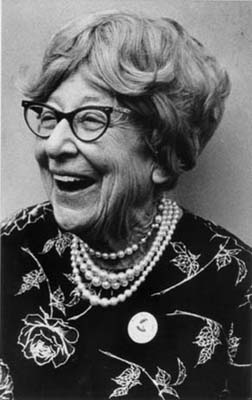
Rankin founded the Georgia Peace Society on a farm in Georgia back in 1928 and after 11 years she decided to return to Montana where she was once again elected to the House of Representatives. She was the only representative to vote against the U.S. entering World War II and with that vote she definitely put an end to her political career.
She retired from politics but continued to be active in the anti-war movement and in 1968, when she was 87-years-old, she led a protest in Washington, DC, against the Vietnam War. She spent her last years at her home in Carmel, California, where she died on May 18, 1973.
